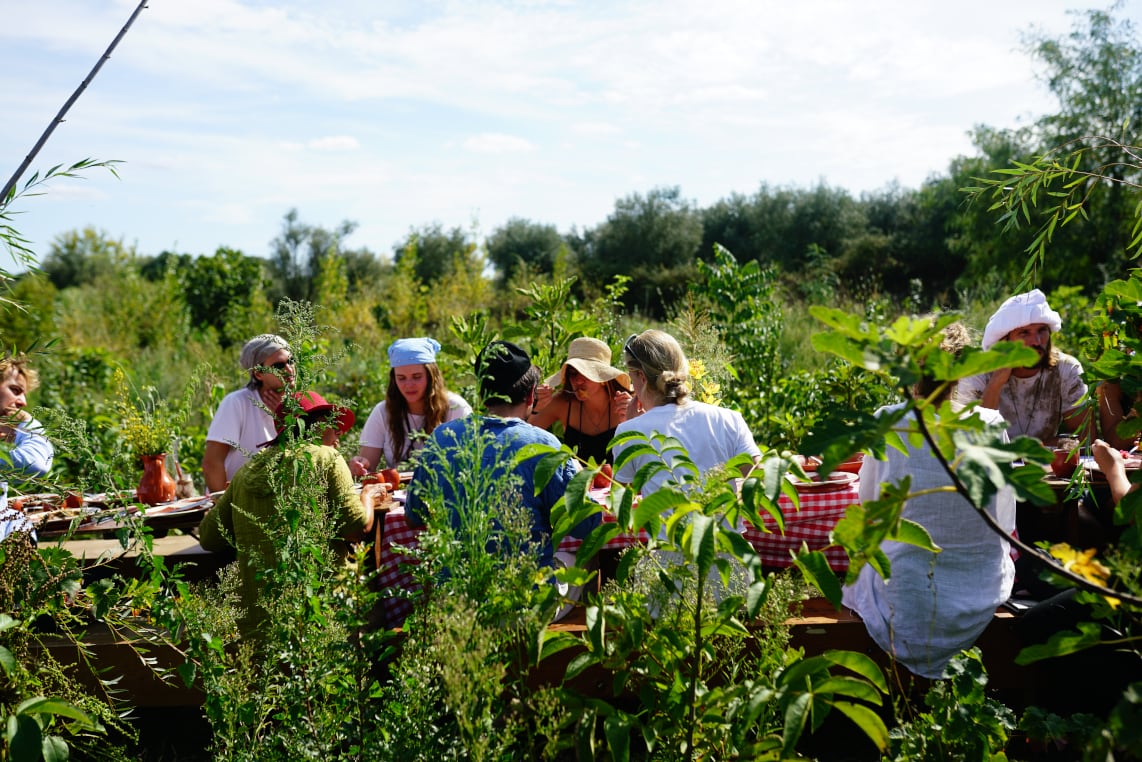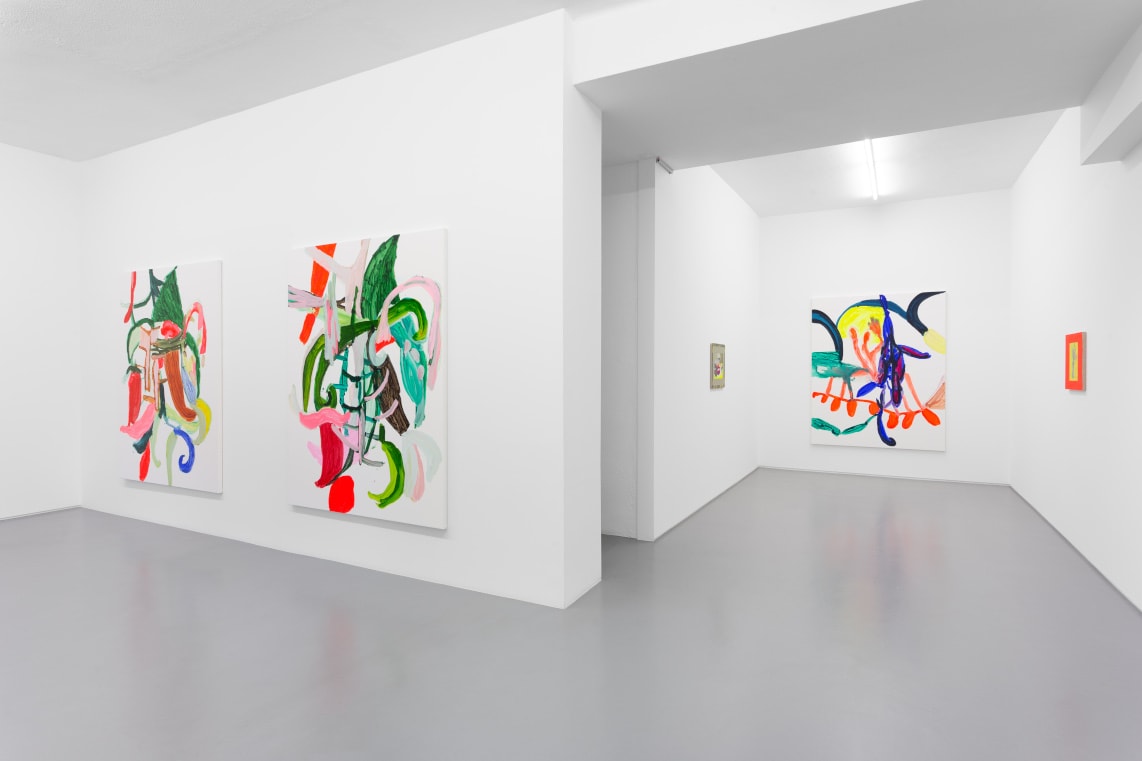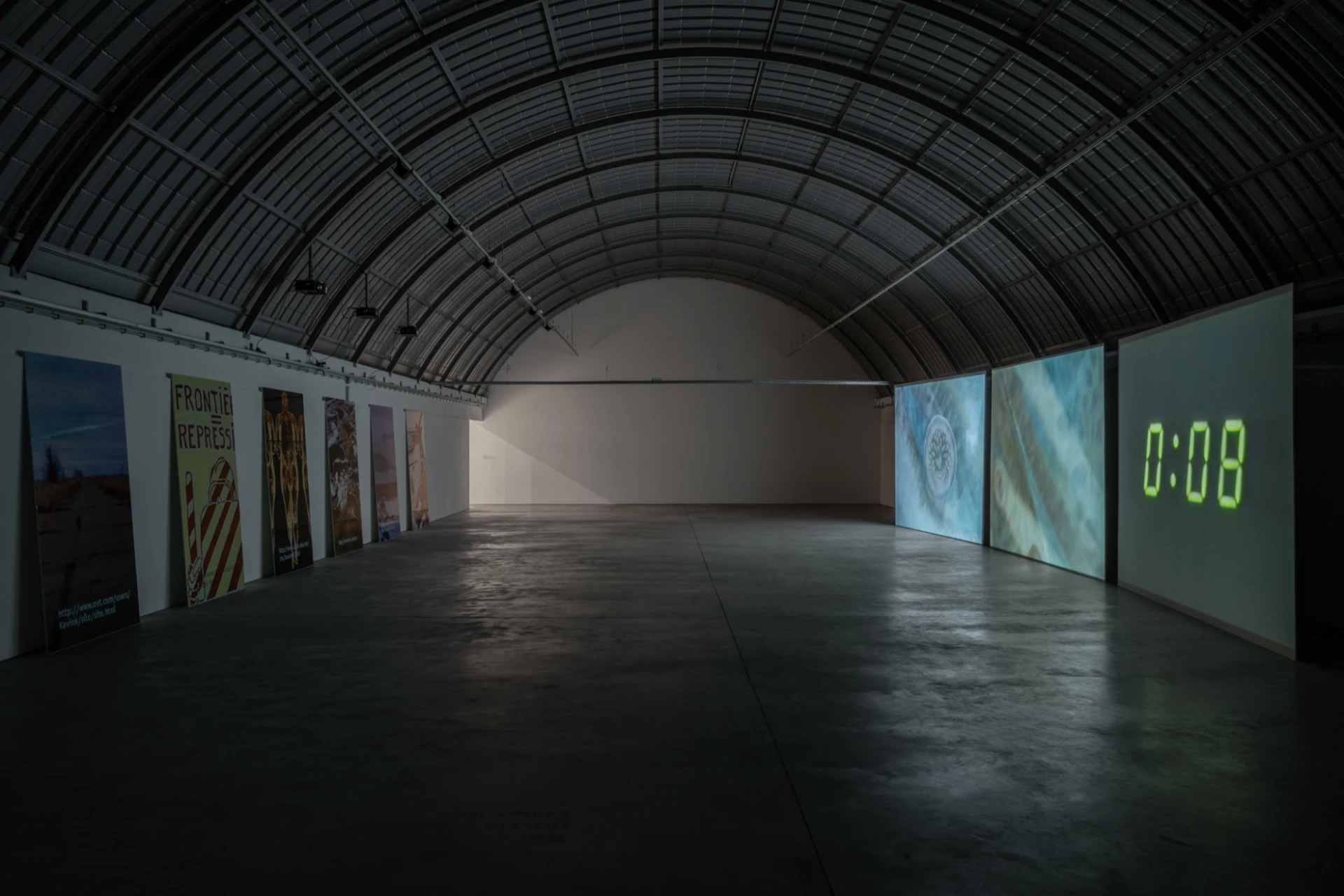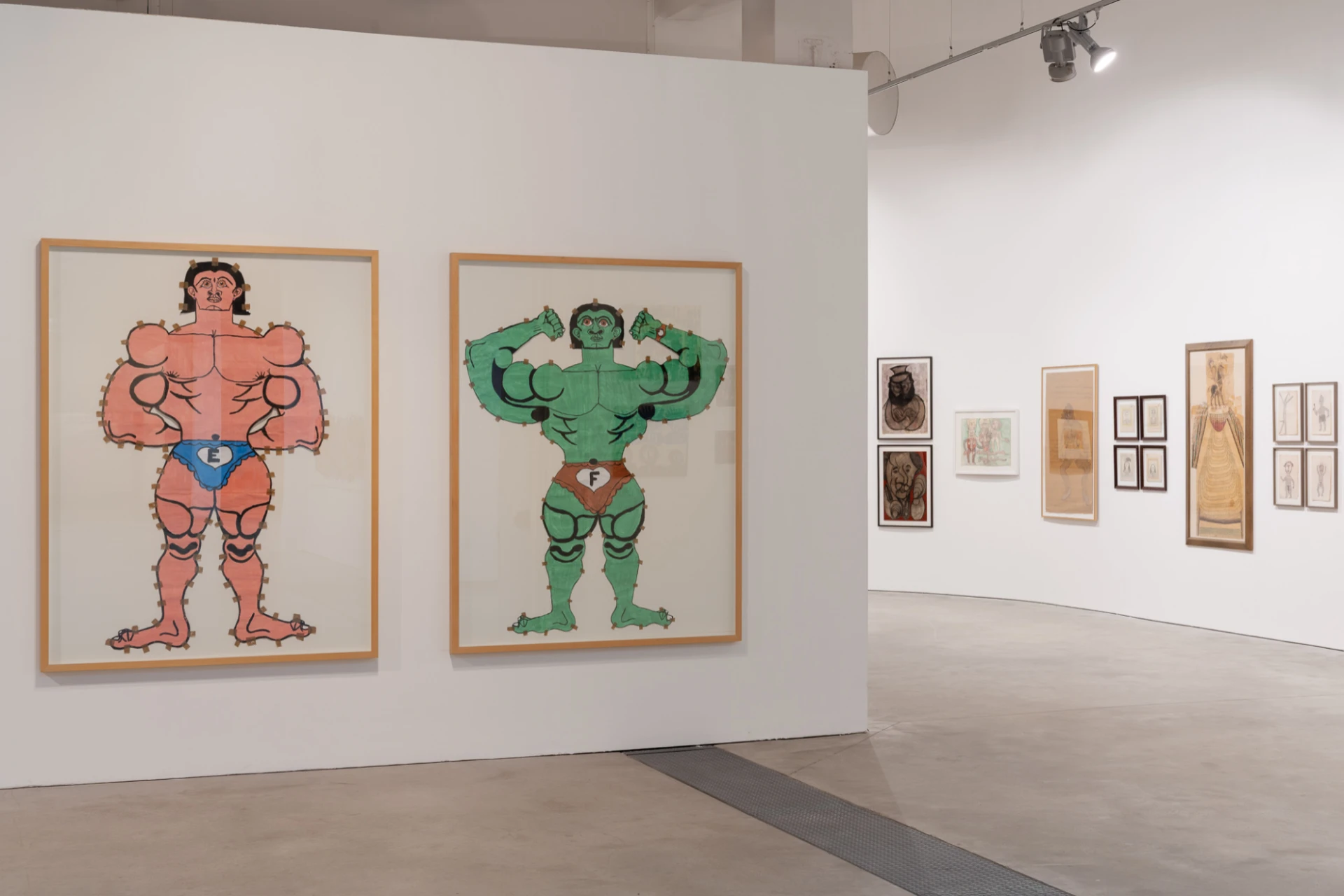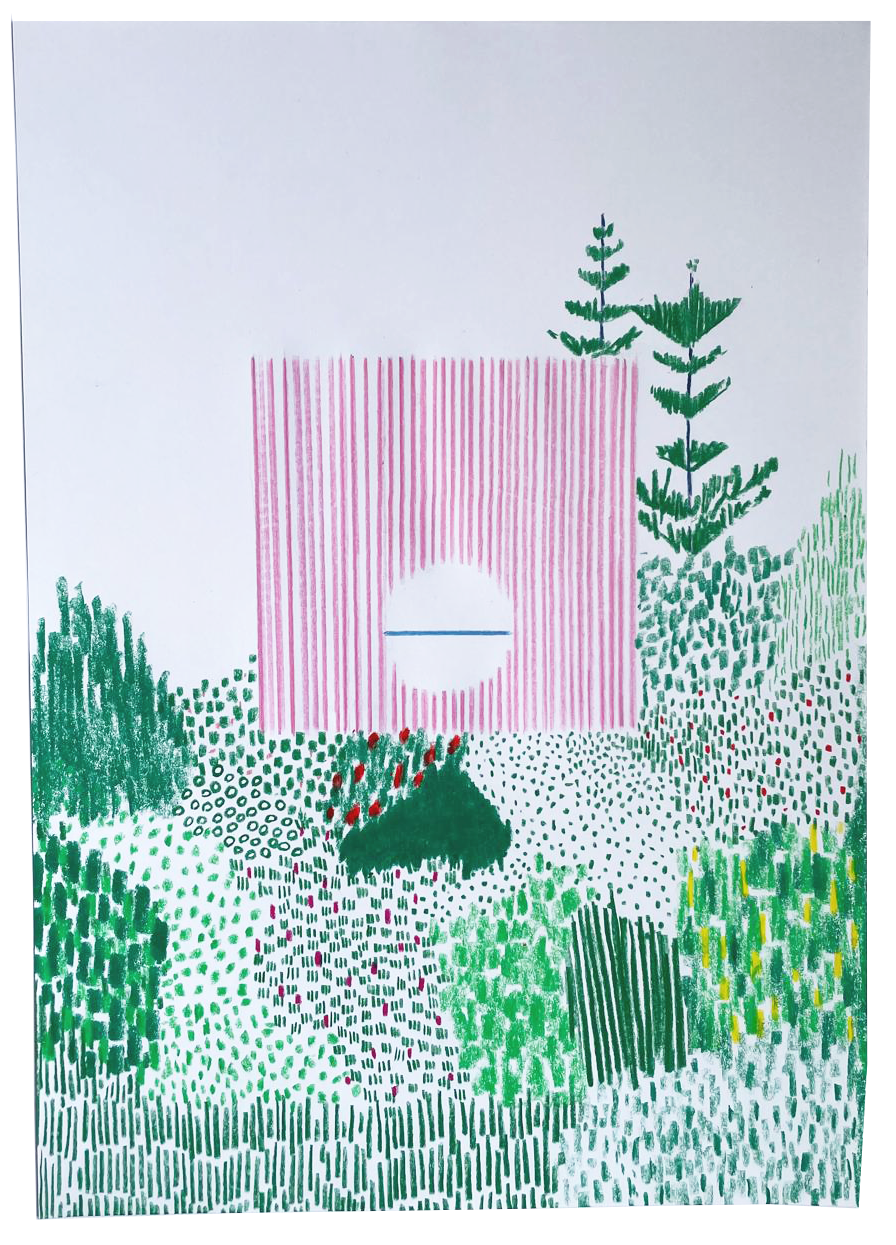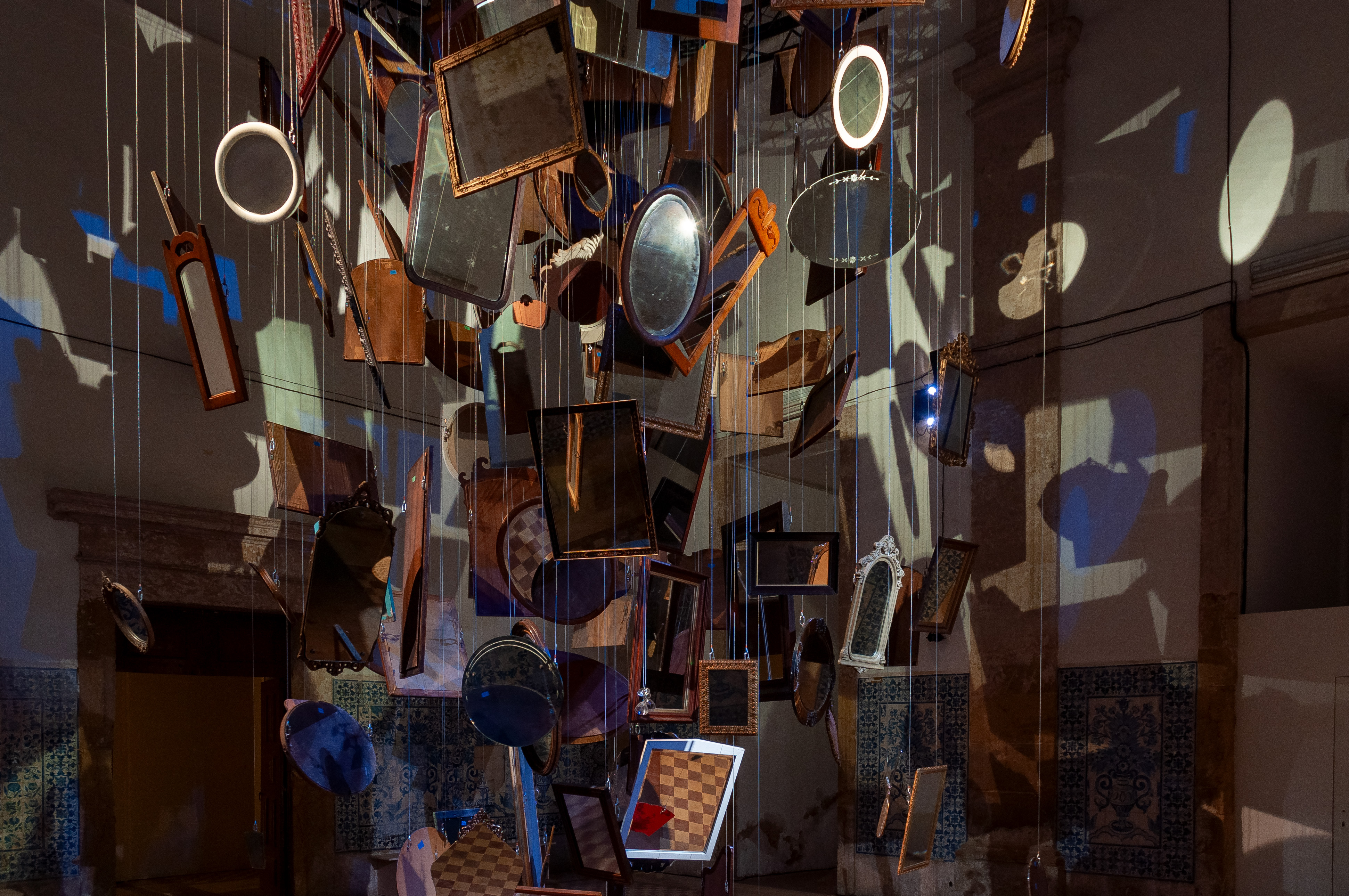Established in 2020 to host part of the State Contemporary Art Collection (CACE), Centro de Arte Contemporânea de Coimbra (CACC) presents its fourth exhibition Chegar à boca da Noite[1]. This begins a new cycle proposed by the curator José Maçãs de Carvalho. The aim is to generate relationships with other collections, particularly private ones, from Coimbra and the entire region, establishing a more intimate relationship with the citizens.
Chegar à boca da Noite brings together works by nineteen artists from the State and City of Coimbra Collections, the Novo Banco Contemporary Photography Collection and the ER Collection. Four collections at the service of a curatorial approach. Designed in line with the theme meia-noite of the Coimbra Biennial of Contemporary Art: Anozero, the exhibition develops according to the idea of twilight and solitude, in an interval of time and space, something remembered in verse by Ruy Belo in Aquele Grande Rio Eufrates: And we hear the silence descending along the afternoon slopes / reaching the mouth of night and answering, something on which the exhibition’s curatorial and narrative concept is based. The works found have images with a twilight glow, set up in this interval, building in-between places. These can elicit sensations of transgression, expectation, waiting or disquiet because their light is silent and faint.[2] The idea of twilight, sensation of startle and disquiet is enunciated in the first works of Chegar à boca da Noite, based on naturalistic landscapes and light combinations, such as in Silvae, 2004 by João Queiroz (1957). Through it, we enter a garden, a wood, a forest, in an unexpected encounter of discovery and perception of nature. It is a painting that subverts the relationship between detail and the whole, evoked by minutiae and light incidence. Between large and small, light and heavy gestures, João Queiroz takes us to the foliage of a landscape, in illuminated and black-lit areas. We uncover light as penumbra in Filipe Romão’s landscape (1981), whose melancholic aura emphasises the idea of silence, solitude and memory. Charcoal drawing on paper, Nº. série, 01, Dos lugares onde nunca estive, 2018 attracts by the depth and dense tonality of the black, crafted layer after layer, the games of shadow and light, and the absence of a human figure – similarly to João Queiroz – where the artist searches for the primitive landscape. Depth and solitude inhabit A chuva cai ao contrário, 2009, drawing-painting by João Jacinto (1966), a representation of a dark and illuminated path. We see the rain’s murky, damp colours, the black patches of the path underlying a lighter sky. All this adds up to a mysterious atmosphere, which both unsettles and reassures. In confrontation with the representation of the idea of landscape in the aforementioned works, we highlight the image on display by Doug Aitken (1968), whose representation of nature/landscape employs urbanity and technological breakthroughs – artificial nature – together with the introduction of electric light in the night overview. In addition to the photograph’s expressiveness and grandeur, we see the beauty of the black background. Dominated by small golden dots, it extends the sense of horizon in the image, which seems limitless. In an interesting contrast, it dialogues with Hugo Canoilas’ (1977) pictorial work Diversas Africanas #2, 200. This, on the wall opposite, is alluring with its chromatic variety, overlapping brushstrokes and rapid gestures, creating colourful notes and restlessness.
The crepuscular atmosphere created from the first moment of our journey, in Chegar à boca da Noite, becomes heavier given the anguish and tragedy inflicted by works that, on the second floor of the exhibition, recall night and death. We must mention Untitled (Black Mirror), 2005, by Aino Kannisto (1973), a work where the photographer – who sees her reflection in the mirror – is the protagonist. We see a rather funereal image of herself[3]. There is a melancholic and unsettling atmosphere in the image, captured in the snapshot, where space and time come to a halt. The viewer witnesses an intimate and contemplative moment. Apart from the restlessness of this scene, we see the artist’s attention to the composition’s details: the fall of light; the black colour; the set layout; the woman’s clothing; her gaze; her gestures and positioning – all of which emphasise the image’s enigmatic atmosphere. In the same space, another female figure draws attention: a woman whose body and dress float on water, in Immerse, by Pedro Pascoinho (1972). Her inert glance seemingly stares at us, her mouth is ajar, and her face covered up to her chin in deep blue, almost black. This tone comes from the surrounding water and underlines the intensity and drama of the emotional situation represented. The twilight light on her body, shrouded in obscurity, reinforces the melancholy and abandonment of the whole scene. Suspended in time, it is a reference by the artist to Ophelia’s myth[4]. The presence of night, abandonment and loneliness is visible in the spectrality of Duchamp, 2015, by Carlos Correia (1975-2018). The painter’s thoughtful ghost plays chess with himself. Light shines on him, revealing an apparition. Next to the player is Paulo Brighenti’s death summons (1968), whose skulls, lined up on shelves, remind us of the inevitable: skulls are reminders of other times, other civilisations. As does the megalithic monument by Pires Vieira (1950), Alinhamentos, 1988, a minimal pictorial work. Through it, the artist evokes death and memory, showing the geometric alignment of the tomb on a green field, the depuration and simplicity of forms, sensations of peace, transcendence and spirituality.
On the exhibition’s top floor, we find the twilight ambience of two photographs from the series Dream House, 2002, by Gregory Crewdson (1962). Side by side, we are voyeurs observing the intimate and private side of the domestic life of a man and a woman. Each of them in their own room, sitting on the edge of their beds. They are both attractive and unsettling given the gloom, suffering and loneliness they evoke – even if they are in company. The lighting and the cinematic quality of the staging reinforce this. The dimness of the interior of the rooms flows outdoors, into the garden that photographer Sarah Jones (1959) shows in The Park (II), 2002. Rigorously framed, colourful and tonally sensitive, we see autumnal leaves falling to the ground. The dark green of the vegetation is the image’s background. The tree, with its long trunks, sculpts a sombre composition. As if it were a pictorial scene frozen in time, Sarah Jones merges the protagonist’s solitary figure into the visual beauty of the unsettling landscape. The woman, at the centre of the composition, lying on the tree trunk, appears to levitate, immersed in her private world and in an ambivalent state. This notion of suspension is found in the works of the Portuguese artists Rui Chafes (1956) and Ana Rito (1979). Like a shadow afloat in space, with an intense blackness, we are seduced by PPP, 2005 by Ana Rito. This is a sculpture whose lightness and intensity lead us towards the ecclesiastical figure. It imposes itself by the solemnity of the mitre and vestments, whose pleats add movement. It seems to walk towards us. The serenity of the face in Áspero, Nobre Suicidário III, 1996, sculpture by Rui Chafes (1956), a body within a body that constrains and envelopes, makes us feel a pleasant discomfort. It is the idea of wound that follows us throughout Chegar à boca da Noite, an exhibition consisting of silences that construct powerful narratives.
Chegar à boca da Noite, is on show at the Centro de Arte Contemporânea de Coimbra (CACC) until August 28.
[1] Inaugurated on April 20, 2022, Chegar à boca da Noite will be at CACC until August 28.
[2] CARVALHO, José Maçãs de – Exhibition text of Chegar à boca da Noite.
[3] Quote from the curator José Maças de Carvalho during a report to ESECTV about the exhibition.
[4] Idem.
